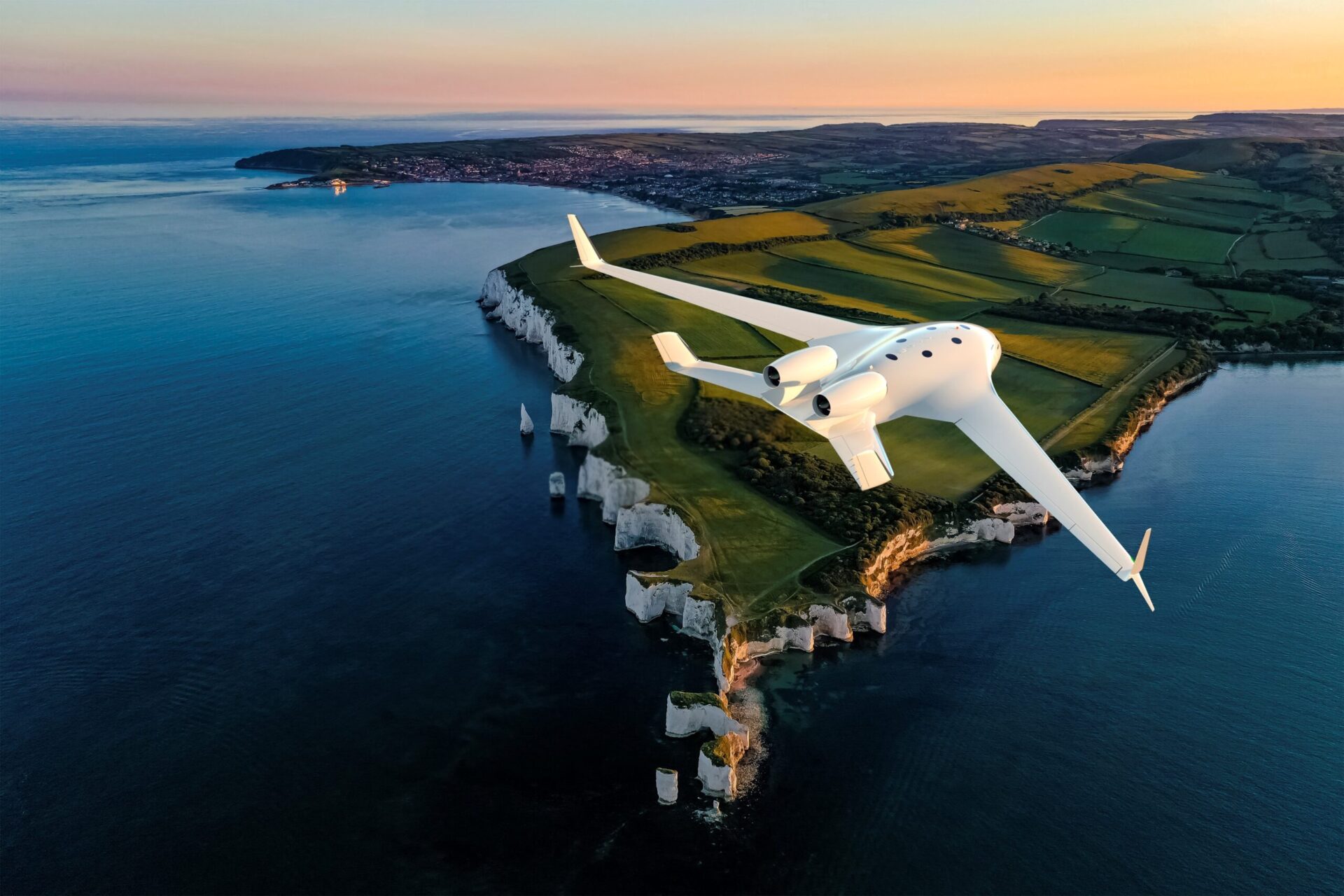The initial era of aviation design lacked excitement, characterized by a predominance of aircraft resembling little more than tubes with wings. However, the emergence of unconventional designs such as “flying wings” like the Northrop YB-49 and Northrop Grumman B-2 Spirit, along with military jets featuring blended-wing-body (BWB) configurations like the B-1 Lancer and Lockheed SR-71 Blackbird, captured the imagination of the aeronautical industry. These innovative designs not only pushed the boundaries of traditional aesthetics but also heralded advancements in efficiency and performance, garnering cult followings among enthusiasts.
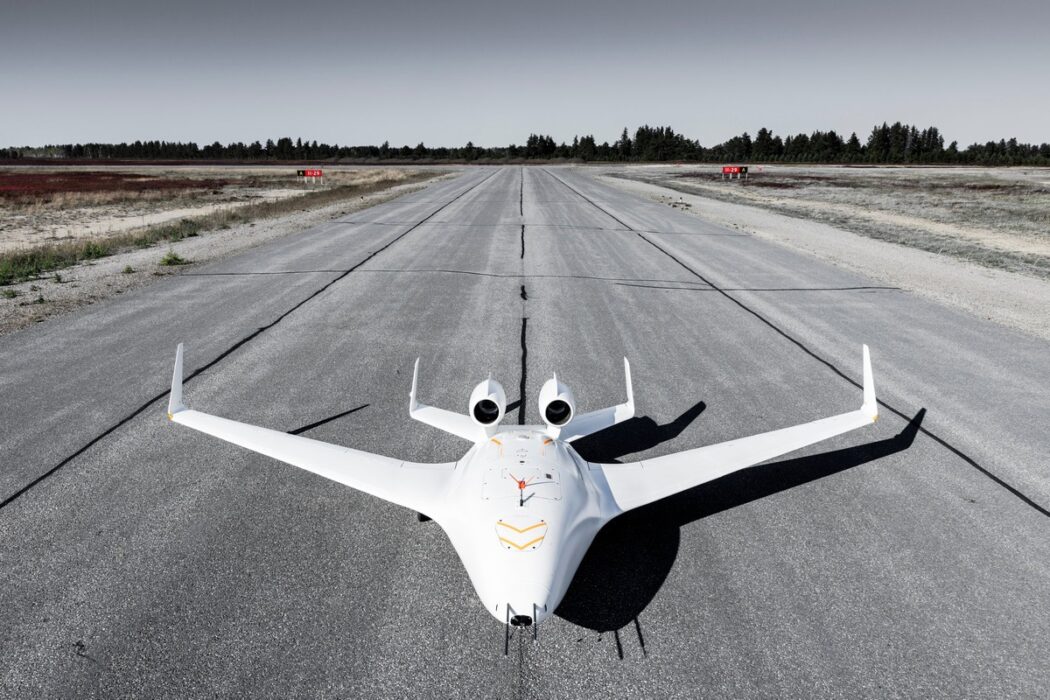
A renewed interest in BWB concepts, now addressing previous challenges related to control and stability, holds the promise of enhanced efficiency across various applications including defense, cargo, and even commercial-passenger sectors, with some tailored specifically for business jet purposes. The streamlined BWB shape reduces drag, leading to increased fuel efficiency and reduced carbon emissions, aligning with the aviation industry’s collective commitment to achieving carbon neutrality by 2050.
Bombardier’s EcoJet concept, a BWB design, successfully underwent scaled-demonstrator flight tests in 2017 and is embarking on its second generation with a larger prototype. Stephen McCullough, Bombardier’s senior VP of engineering and product development, emphasizes the company’s commitment to sustainability without compromising on customer expectations. The BWB design offers a balance between performance metrics such as speed, altitude, and interior volume while potentially reducing emissions by 20 percent. Challenges related to the aircraft’s footprint are acknowledged, yet McCullough underscores the design’s advantages, particularly in offering expanded opportunities for interior design.
Airbus has also devoted significant resources to developing its Maveric twin-engine BWB model, which gained momentum when integrated into its hydrogen-powered ZEROe concepts program. Although Maveric is not slated for immediate deployment in Airbus’s hydrogen aircraft lineup, its inherent capacity makes it well-suited for hydrogen transportation, a notable advantage over conventional designs.
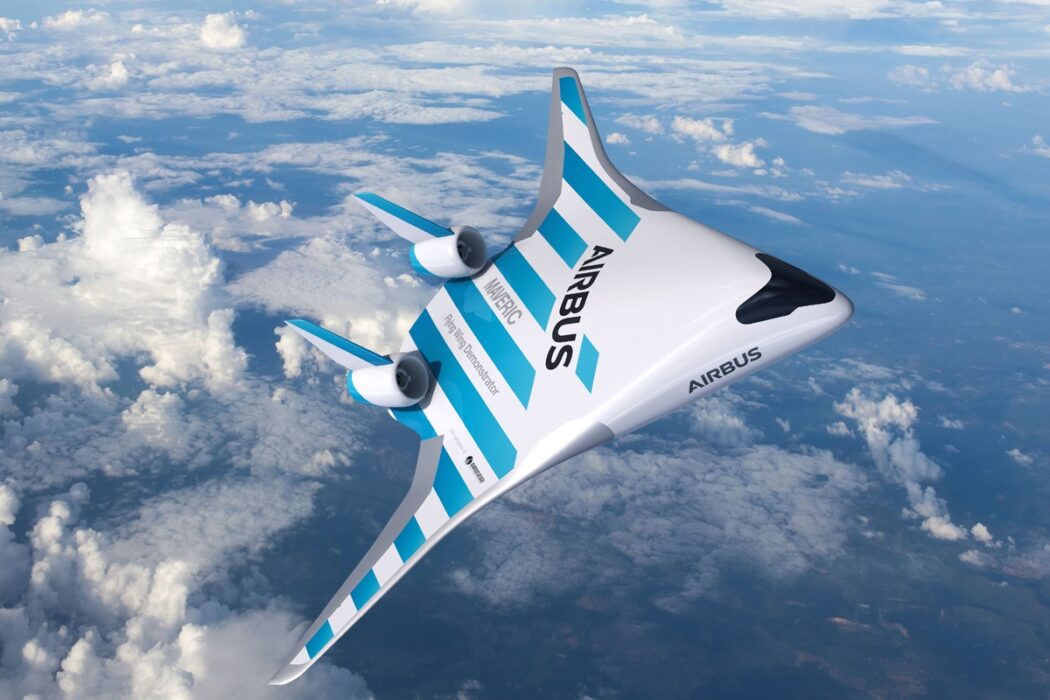
In contrast, JetZero, headquartered in California, is expediting the development of a BWB demonstrator scheduled for flight tests in 2027 and market entry by 2030. CEO Tom O’Leary, drawing from his experience at Tesla and eVTOL manufacturer Beta Technologies, was inspired by NASA’s substantial investment in BWB research. The project, funded by a $235 million grant from the U.S. Air Force, aims to leverage existing technological solutions for various aircraft components while capitalizing on the advancements in airframe technology over the past three decades.
The expanded usable volume of BWB aircraft holds particular appeal for utility transport applications, exemplified by Natilus, a California-based air freight specialist. With $8.6 billion in orders for its fleet of autonomous cargo planes, Natilus anticipates commencing initial flight testing within approximately two years, catering to clients including Ameriflight, Volatus Aerospace, Flexport, and Astral Aviation.
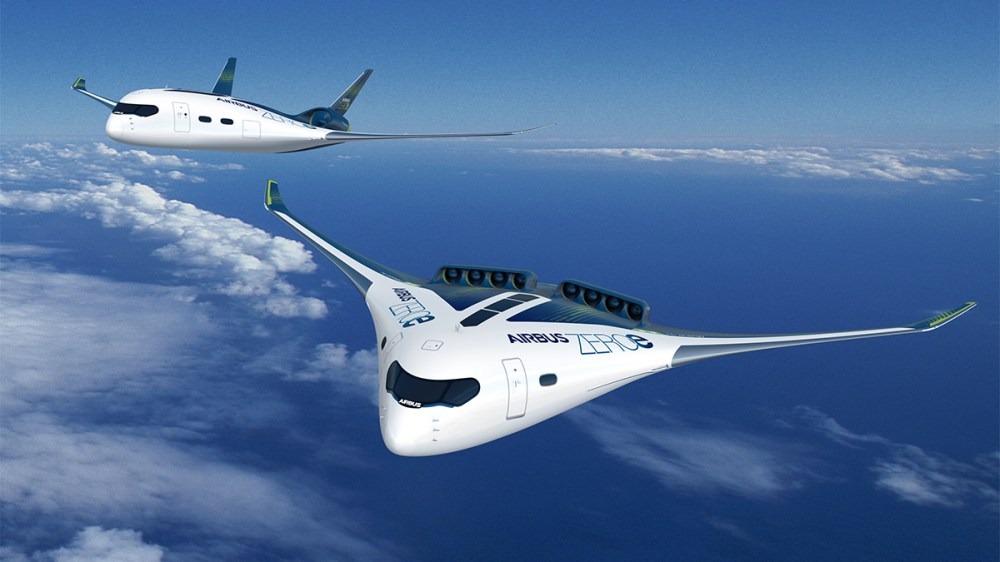
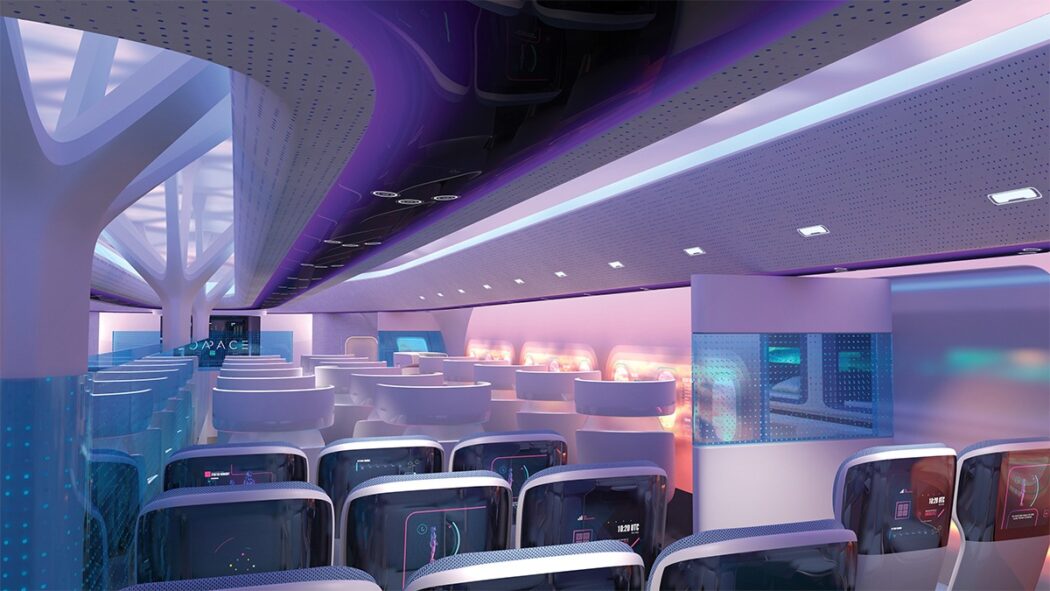
Despite the challenges associated with developing BWB aircraft from scratch, industry stakeholders are optimistic that engineering breakthroughs and substantial investments will drive progress. McCullough underscores Bombardier’s commitment to sustainability, with a significant portion of its research and development budget allocated to eco-friendly projects like the EcoJet, in alignment with the industry-wide goal of achieving carbon neutrality by 2050.


